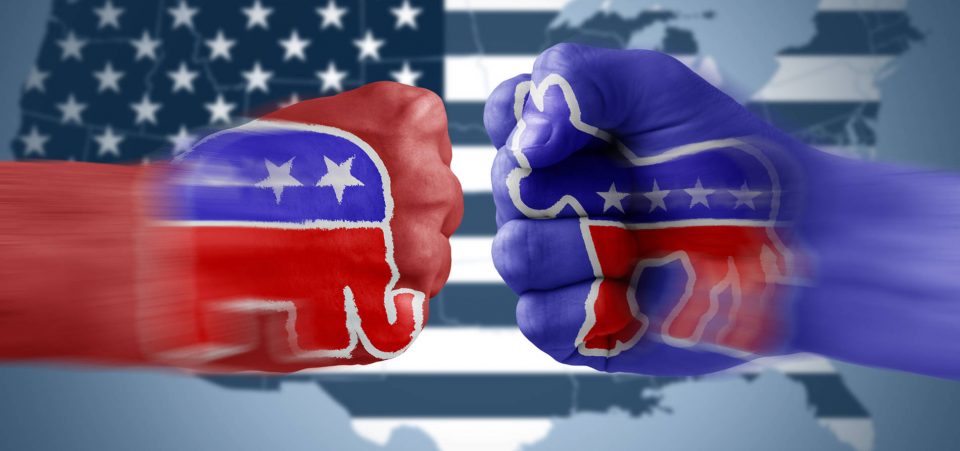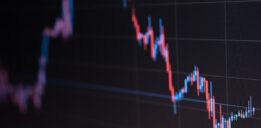“The Effects Won’t Be Good,” Says Goldman Sachs
As the November 8 presidential election moves nearer, investors are starting to consider what happens next. Not only do polls show a strong likelihood that Hillary Clinton will become the first woman president, but they also suggest a Democratic majority in the Senate.
At present, Republicans control both the House and the Senate, giving them significant control over federal policy. However, election forecasting models are showing that opposition to Donald Trump could bring Democrats out in stronger numbers than usual.
According to these models, increased turnout for the Democrats could swing enough seats to secure a majority in the Senate (if not enough to break a filibuster), and potentially enough House races to secure a majority there as well.
This type of scenario is typically called a “wave election.” (Source: “Goldman: It’s looking like a ‘wave’ for Democrats, and that could be bad for stocks,” CNBC, October 17, 2016.)
David Kostin, Chief U.S. Equity Strategist for Goldman Sachs Group Inc. (NYSE:GS), says clients have been asking him what to expect from stocks if this “wave” election becomes a reality.
He looked to historical examples for the answer.
Kostin and his team examined data from previous U.S. elections to figure out how many times a “wave” election has occurred, and what happened to stock prices thereafter. Did they shoot through the roof as uncertainty was pierced by a definitive win? Or did markets take the “wave” as a sign of dramatic shifts in policy yet to come?
Kostin and his team issued a note with his answers.
“Since 1932, six elections have met these ‘wave election’ criteria and the S&P 500 typically fell by 2 percent and 4 percent during the subsequent one and three months, respectively (falling in four out of six cases),” they wrote.
By contrast, 15 other presidential elections (without “wave” results) showed median gains of zero percent in the subsequent month. There was no immediate effect on equities. But within three months, the effects turned positive, driving share prices up six percent.
The Goldman Sachs strategist also laid out a blueprint for which industries could prosper or perish under a Hillary Clinton administration. He said for investors to go bullish on healthcare equipment and services companies, while steering clear of pharmaceuticals and biotech companies.
Kostin’s logic is simple: Clinton has policies that adversely affect pharmaceuticals, but her odds have a positive statistical correlation with companies that sell healthcare products.






